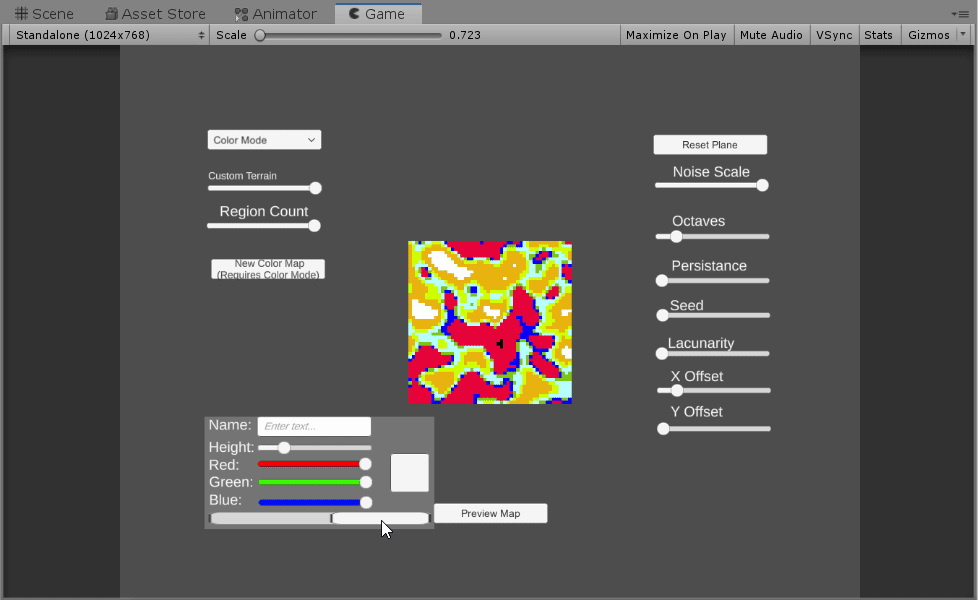Conclusion of EECS 499 (12/4/2020)
This post will conclude my experience in EECS 499. I will discuss the recent Design Expo, and give future directions for the tool.
Design Expo
Unlike previous semesters, this event was fully remote, and I hosted an online conference amongst 100+ other projects, including the projects of my other peers in EECS 499. However, attendance for the most part was very low. I was the luckiest of the 499 students and was able to talk to 6 different students throughout the 4 hours I was required to partake in the event. However, the event appears to have been poorly marketed; the university made no formal announcements of the event, and many of the student presentations had a low turnout. I think in the future the University should reconsider its approach for a virtual expo. One possible idea that may have improved turnout was gathering everyone within one Livestream, and then giving each project team 5-10 minutes to discuss their work. This would allow for all people to gain exposure to the diversity of projects that students worked hard on.
Summary and Future Directions
One of my major goals for this project was to demonstrate the procedural generation was a viable means for automating level prototyping. I believe that I was able to accomplish this:
- Generate a basic plane with customizable perlin noise.
- Build a color structure on top of the perlin noise, allowing uses to create colorful maps.
- Add custom terrain (up to 5) onto the existing color map, allowing users to further customize the specific look.
- Go into "mesh" mode with the tool and enable users to give the collor map height.
- Preview the map in an interactive mode, and allow users to regenerate the map if it is not to their liking.

In the near future, with more time, I would like to implement the following features to the tool:
- Javascript server code to enable the export of user creations to an external file format (likely .fbx)
- The ability to associate different colors with the placement of trees or other small objects
- Incorperate shaders onto the color and mesh maps to give user creations a bolder look.
- Allow users to import pre-existing meshes into the tool and edit.
I enjoyed my semester in EECS 499 and would recommend it to other students at the university. It was an insightful experience, and I was able to gain valuable knowledge of one of the most important technical concepts utilized in the development of large scale games. I would especially like to thank my stakeholders Apoorva, Amit, Benoit, and Dr. Mike for their support, as well as the students and faculty in EECS 499 for their feedback and delightful conversations.
